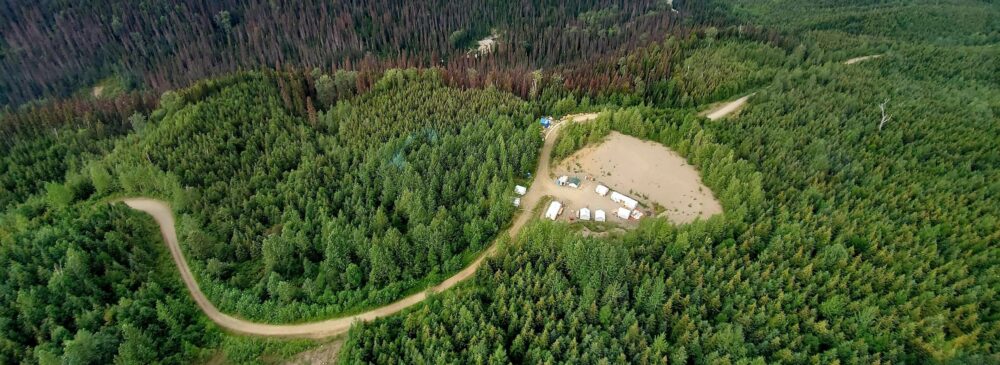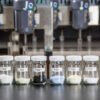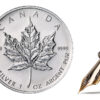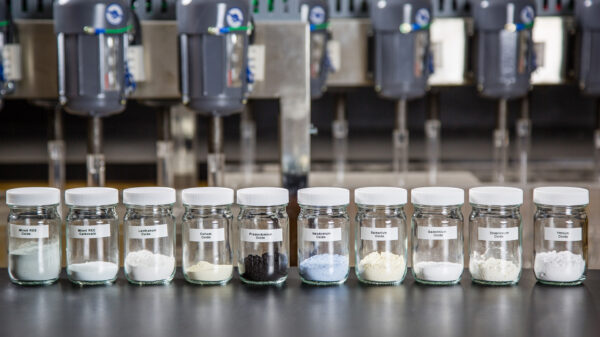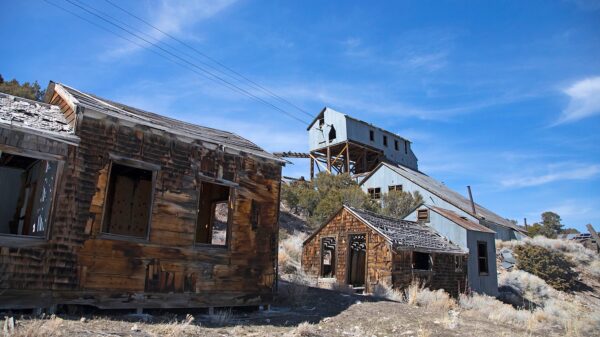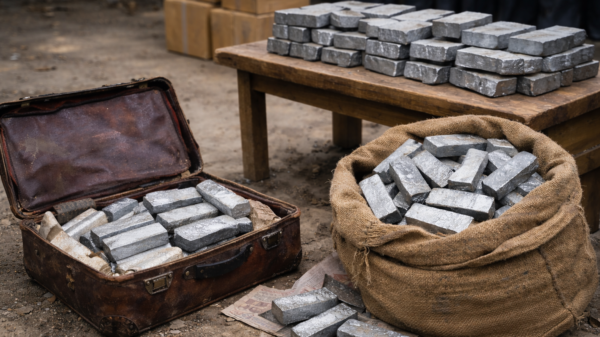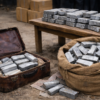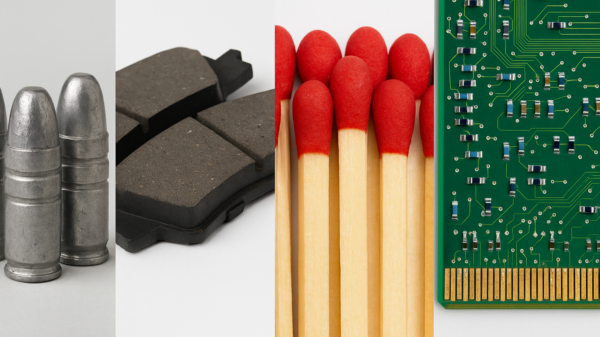Defense Metals (CVE: DEFN) (OTCMKTS: DFMTF) signed a memorandum of understanding for a supply agreement with a hitherto unnamed party that will result in taking a good part of what the company puts out in critical minerals.
The company has been busy developing the Wicheeda rare earth element project in British Columbia. It is approximately about 80 kilometers northeast of the city of Prince George, and spans approximately 118 square kilometers.
The project primarily targets light rare earth elements (LREEs), including neodymium (Nd), praseodymium (Pr), cerium (Ce), and lanthanum (La).
These elements are critical for manufacturing high-strength permanent magnets used in electric vehicles, wind turbines, and defense technologies. Wicheeda hosts a carbonatite deposit with favourable mineralogy for processing and recovery.
Recent drilling and metallurgical results support its potential as a significant North American source of REEs. Consequently, this aligns with efforts to secure non-Chinese supply chains for materials essential to green energy and national security applications.
“The interest shown by our potential strategic partner reflects growing industry confidence that Wicheeda could indeed become a strategically important source of rare earth elements based on the convincing results of our detailed pre-feasibility study published earlier this month,” Defense Metals CEO Mark Tory said in a Monday news release.
Defense Metals also recently completed a preliminary feasibility study for the Wicheeda Rare Earth Element Project, which demonstrated robust economics.
The study outlined an after-tax net present value of USD$1 billion, based on an 8 per cent discount rate, and an internal rate of return of 18.9 per cent.
The company estimates the Wicheeda deposit holds 34 million tonnes of measured and indicated resources. The grading of said resources is 2.02 per cent total rare earth oxides (TREOs), for a total of nearly 700,000 tonnes of TREOs.
Read more: NevGold’s long intervals of antimony & gold mineralization turn heads
Read more: The pursuit for critical minerals: A Mugglehead roundup
Finding sources for critical minerals challenging and necessary
Critical minerals are essential for modern technologies, economic stability, and national security. They support everything from electric vehicles to defense systems. Their “critical” label reflects both their importance and supply chain vulnerabilities.
One example is antimony, a metalloid with diverse industrial uses. It strengthens lead in batteries and ammunition. It also acts as a flame retardant and supports semiconductor manufacturing. However, most antimony production is concentrated in China, Russia, and Tajikistan. As a result, countries like the United States rely heavily on imports.
Antimony is gaining attention in energy storage. It plays a role in liquid metal batteries, which support renewable energy grids. These batteries store large amounts of electricity for long periods. Thus, antimony may be key to a clean energy transition.
Supply risks have sparked government action. Countries are investing in domestic mining and refining. They are also forming partnerships with resource-rich allies. These efforts aim to reduce reliance on politically unstable regions.
Diversifying sources of antimony and other critical minerals is challenging but necessary. Western nations have few active projects. However, rising demand may spur new exploration and development.
In April 2025, Donald Trump signed an executive order to fast-track critical mineral projects, including antimony, to counter China’s dominance. NevGold Corp (CVE: NAU) (OTCMKTS: NAUFF) (FRA: 5E50) with its Limousine Butte Project in Nevada, is one emerging source. The company recently discovered surface samples with up to 10 per cent antimony.
Additionally, Perpetua Resources Corp. (NASDAQ: PPTA) (TSE: PPTA) is advancing the Stibnite Gold Project in Idaho, a major undeveloped antimony deposit in the U.S. Meanwhile, United States Antimony Corp (NYSEAMERICAN: UAMY) continues to process and refine antimony at its Montana facilities.
.

